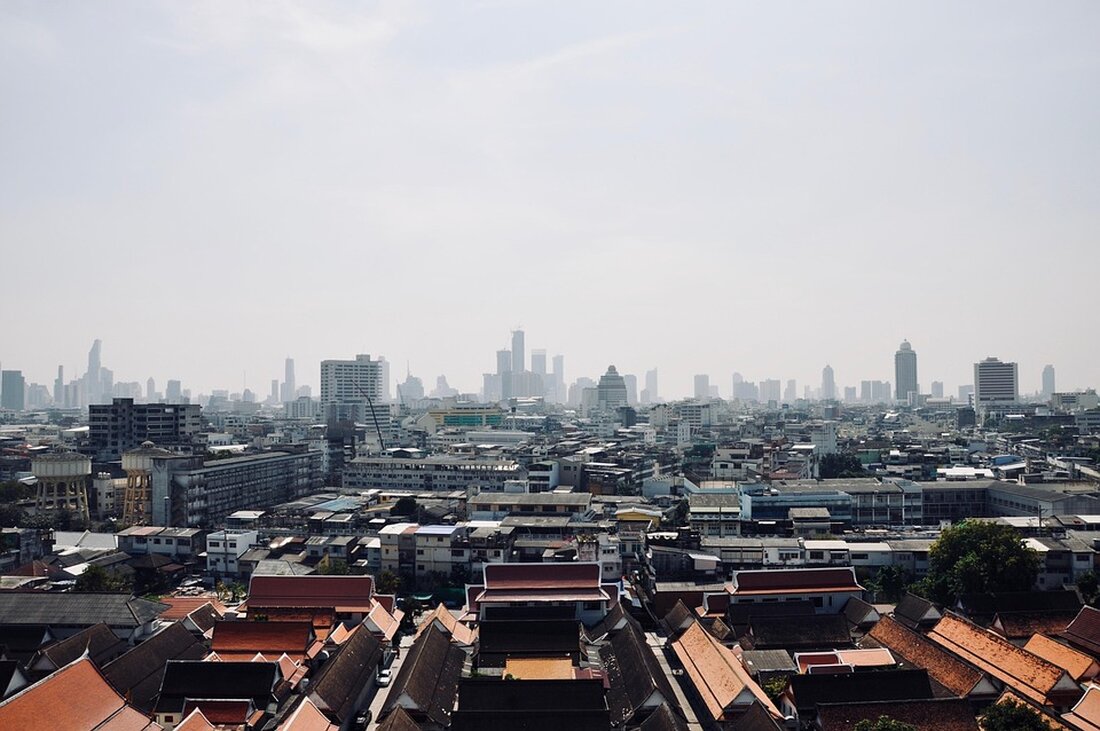Thailand's dream islands close: The fight against overtourism begins!
Thailand is experiencing a wave of tourism with record visitors. Is sustainable tourism the solution to overtourism? Learn more!

Thailand's dream islands close: The fight against overtourism begins!
Tourism is the most important item in Thailand's gross domestic product and is experiencing a remarkable recovery. Thailand is seeing almost as many visitors as before the pandemic, due to increasing interest in its natural beauty and cultural sites. Bangkok, the world's most successful tourist destination, welcomed 32.4 million visitors last year, making it more popular than Istanbul and London. One reason for the increase is the high season from October to March, when restaurants are often fully booked and taxis are expensive.
But amid this tourist return there are also worrying developments. To protect the natural ecology of key islands, the Thai government has decided to close the Similan and Surin Islands for five months. This measure is intended to give nature the time it needs to recover. In addition, the diving and snorkeling sites in the national park around Phi Phi Leh have been reopened to visitors after a year of closure.
Maya Bay: An example of sustainable tourism
Maya Bay, made famous by the film “The Beach,” has long been a tourist hotspot and suffered significantly from overtourism. Before closure due to environmental damage in 2018, up to 8,000 tourists visited the bay daily. All of this led to a dramatic decline in the ecological health of the area, prompting marine biologists like Dr. Thon Thamrongnawasawat campaigned for closure.
In February 2023, Maya Bay reopened to tourists after being closed for rehabilitation since June 2018. Since the closure, over 30,000 pieces of coral have been replanted, of which around 50 percent survived. Wildlife such as blacktip reef sharks also returned. Access to the bay is now limited to 4,125 visitors per day, with entry available in one-hour time slots. Boats are no longer allowed to enter the bay and swimming is prohibited for nature conservation reasons.
The further closure of Maya Bay is already planned for the period from August 1 to September 30, 2023 in order to make infrastructural improvements and reduce tourist expenditure. Meanwhile, the Saii Phi Phi Island Village resort is involved in marine conservation projects, including a bamboo shark breeding program.
Future of tourism in Thailand
The return to tourism is of great importance for Thailand, with the return of Chinese tourists in particular seen as crucial to the industry's recovery. According to forecasts, the number of international tourists in Thailand is expected to reach 24 million by 2024, about 60 percent of pre-pandemic levels.
Despite the ongoing challenges and necessary measures to conserve natural resources, the successful protection of Maya Bay potentially serves as a model for sustainable tourism in other regions. In the medium term, an electronic ticket system for entry control on the Similan Islands is also to be introduced in October in order to effectively regulate the number of visitors.
The challenges facing Thai tourism highlight the importance of striking a balance between promoting travel and protecting the environment. Thailand is striving to develop a sustainable tourism strategy that brings both economic benefits and preserves the country's natural beauty.
For more information about developments in Thai tourism, please visit sueddeutsche.de and cnn.com.

 Suche
Suche
 Mein Konto
Mein Konto